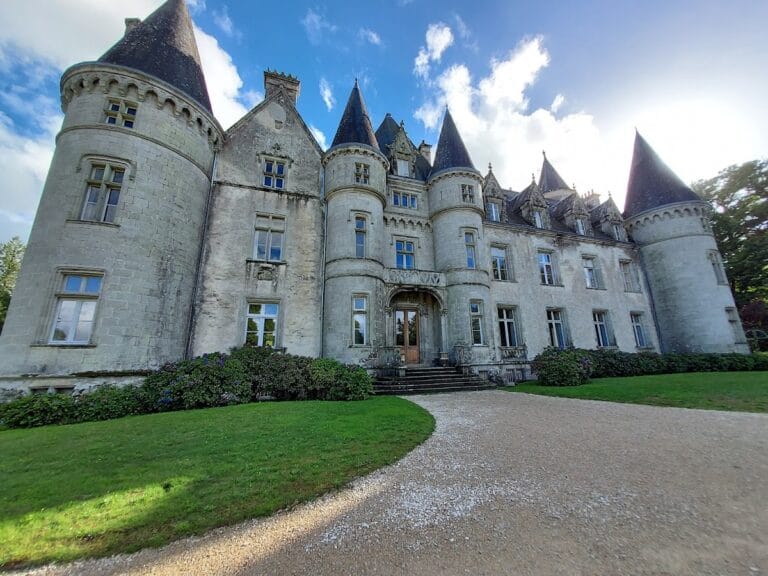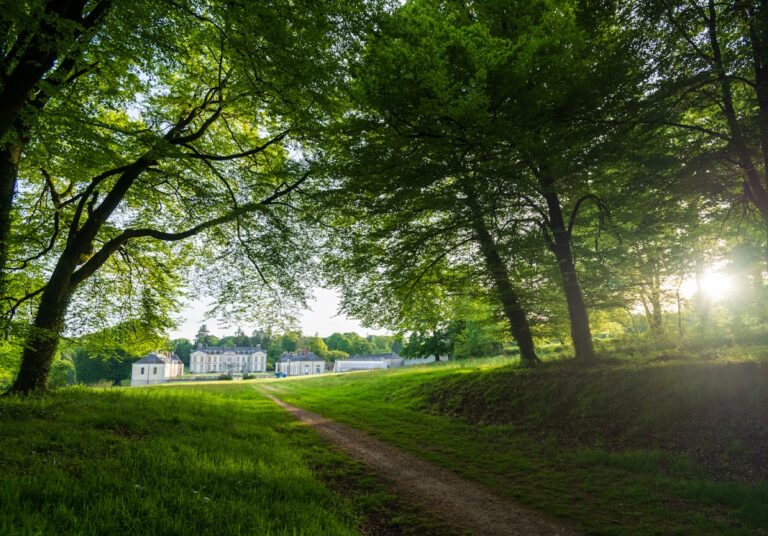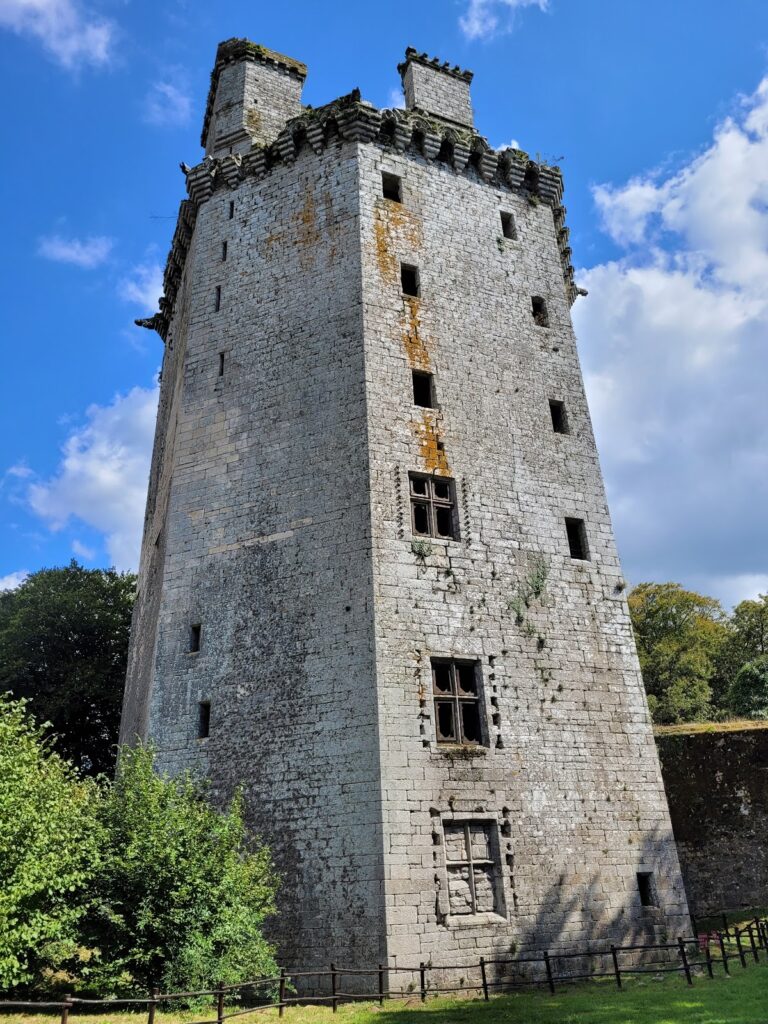Château de Trécesson: A Medieval Water Castle in Brittany, France
Visitor Information
Google Rating: 4.2
Popularity: Medium
Google Maps: View on Google Maps
Official Website: www.trecesson.fr
Country: France
Civilization: Unclassified
Remains: Military
History
The Château de Trécesson is situated in the commune of Campénéac, France. It was constructed during the medieval period by inhabitants of the Brittany region.
The earliest records identify the site as a residence of local lords in the 8th century, serving the noble families ruling Ploërmel and Campénéac. By the 13th century, the Trécesson family had established themselves firmly, with Jean de Trécesson emerging around 1250. His grandson rose to the position of constable of Brittany in the 14th century, reflecting the family’s growing prominence. The current château likely dates from the late 14th or early 15th century and is attributed to Jean de Trécesson, who served as chamberlain to Duke Jean IV of Brittany.
Around 1440, the estate passed by marriage when Jeanne de Trécesson, the last heir of the family, married Éon de Carné. Together with their son François, they undertook substantial renovations and remodeling of the castle’s structure. The Carné-Trécesson lineage maintained possession of the property until 1773. That year, through the marriage of Agathe de Trécesson to René-Joseph Le Preste, Count of Châteaugiron, ownership transferred to the Le Preste family.
During the French Revolution, specifically in 1793, the château served as a refuge during the Terror for Jacques Defermon, a deputy associated with the Girondin faction, who remained sheltered there for eighteen months. Following this period, the estate was repurposed between 1814 and 1830 as an agricultural school operated by the local department.
In subsequent years, possession passed successively through several families, including the Perrien de Crenan, Montesquieu, and Prunelé. The Prunelé family maintained ownership until the château was sold in April 2022. Recognizing its historical value, French authorities designated the château as a historic monument in June 1922. This protection was expanded in the early 21st century to include its surrounding grounds and the wider estate. Historically, the property extended over some 900 hectares, an area suggested by the significant number of pigeon nesting structures found there.
Remains
The Château de Trécesson is a classic example of a medieval water castle, set upon a man-made island completely encircled by water. Its isolated position is reinforced by a moat over which a bridge grants access; originally, this was a drawbridge. Constructed primarily of reddish-violet schist, the castle’s masonry reflects strikingly in the surrounding waters, contributing both to its defensive purpose and aesthetic.
Entry is controlled through a fortified gateway, known as a châtelet, guarded by two slender towers that project outward. These towers are connected by a walkway featuring machicolations—openings through which defenders could observe or repel attackers. Adjacent to the entrance lies a long, nearly windowless wall crowned with a steep slate roof, culminating in a distinctive hexagonal tower at the corner.
Within the confines of the castle walls, the courtyard takes on a trapezoidal form. To one side stands the corps de logis, the primary residential building, dating in part from the late 18th century. Opposite it are domestic outbuildings and a small chapel which once served the lords’ spiritual needs. In earlier times, a stone wall closed off the courtyard’s northern edge; this was later removed to establish direct access to the water, complemented by a second bridge on that side.
The hexagonal tower houses a vaulted chamber richly decorated with a mural illustrating the story of “The Loves of Renaud and Armide.” This artwork occupies a former bath chamber known as an étuve, suggesting the space was used for cleansing or relaxation. Another notable structure on the estate is an annex featuring a single door with a pointed, or ogival, arch and a similarly pointed window. This annex is ornamented with finely carved motifs, including animals and the fleur-de-lys, and is connected to a rectangular farming building.
Among the estate’s unique features are approximately 1,800 boulins—specialized nesting holes constructed to accommodate pigeons. These were managed using a large pivoting ladder that allowed caretakers to collect eggs and clean the nests efficiently. The château remains carefully preserved, protected legally as a historic monument along with its immediate environment. The combination of its distinctive construction, historical alterations, and enduring functional elements provide insight into its long-standing role as a fortified noble residence.










